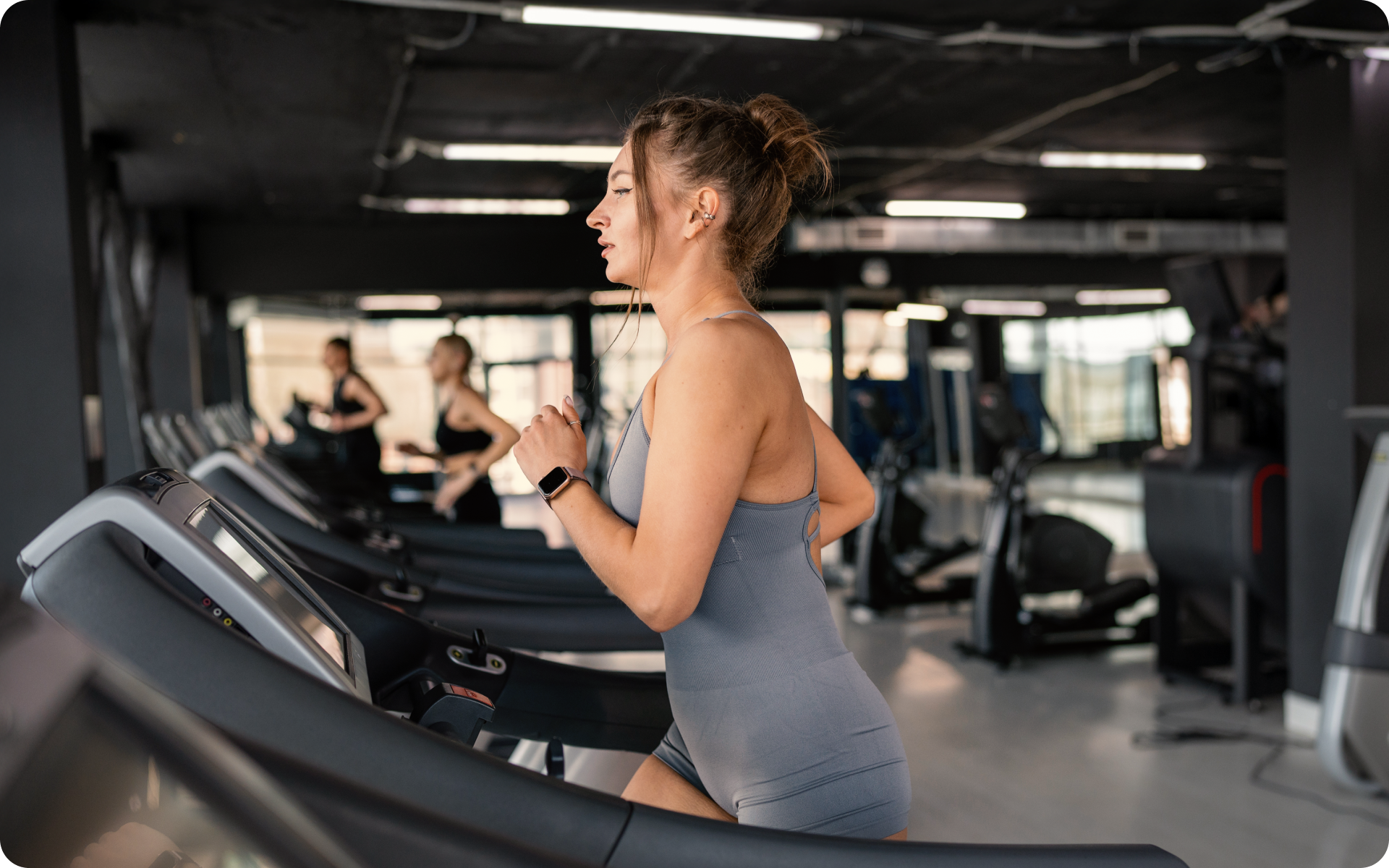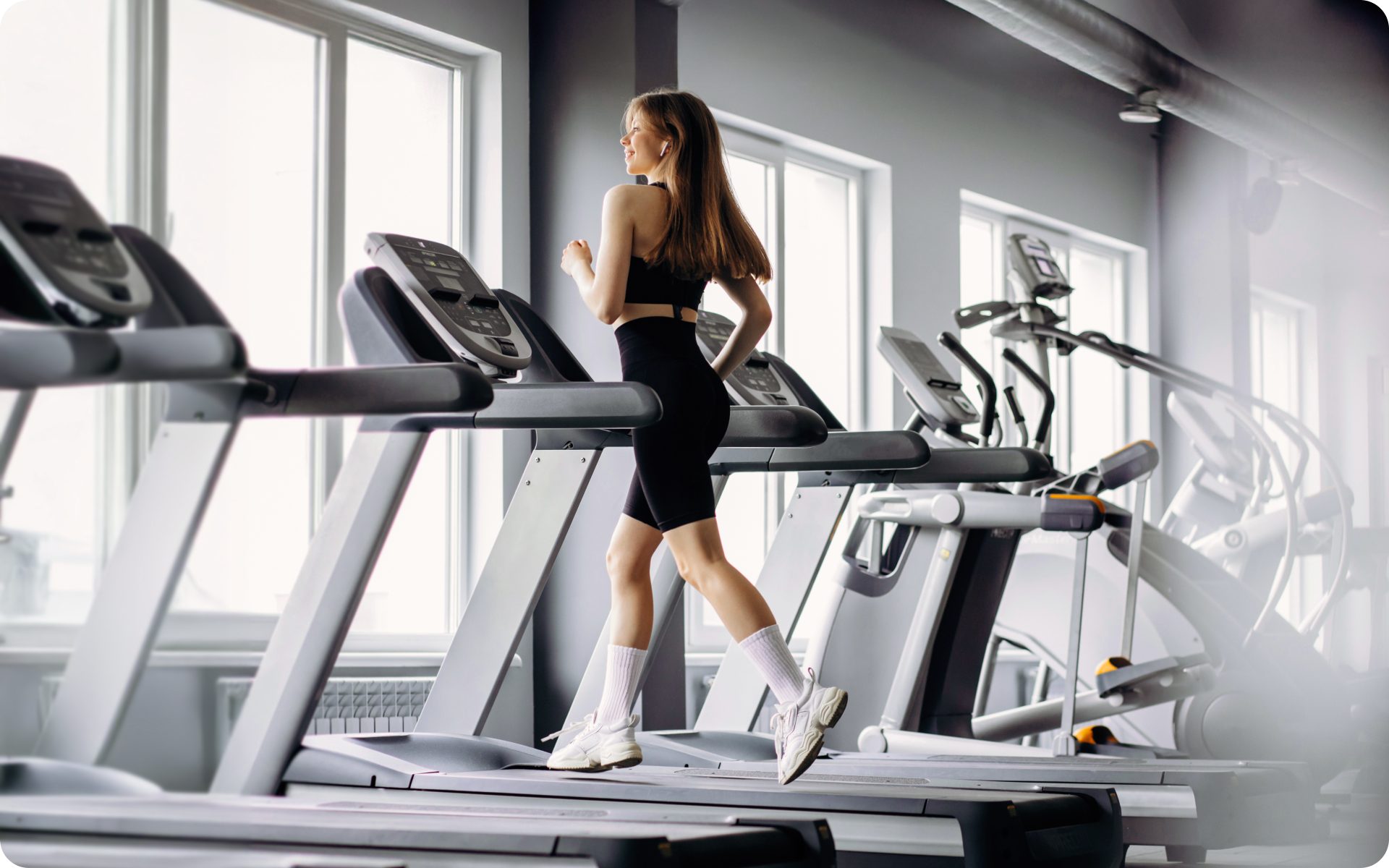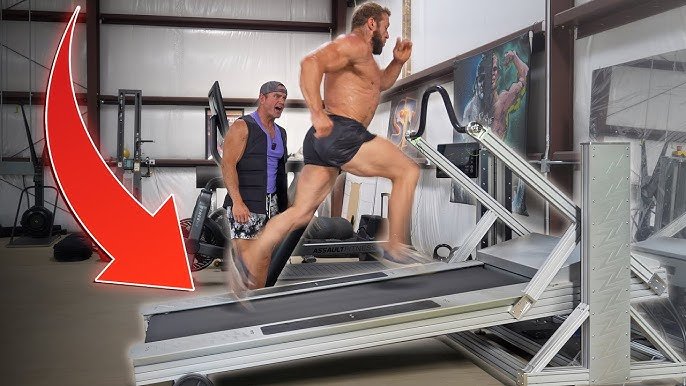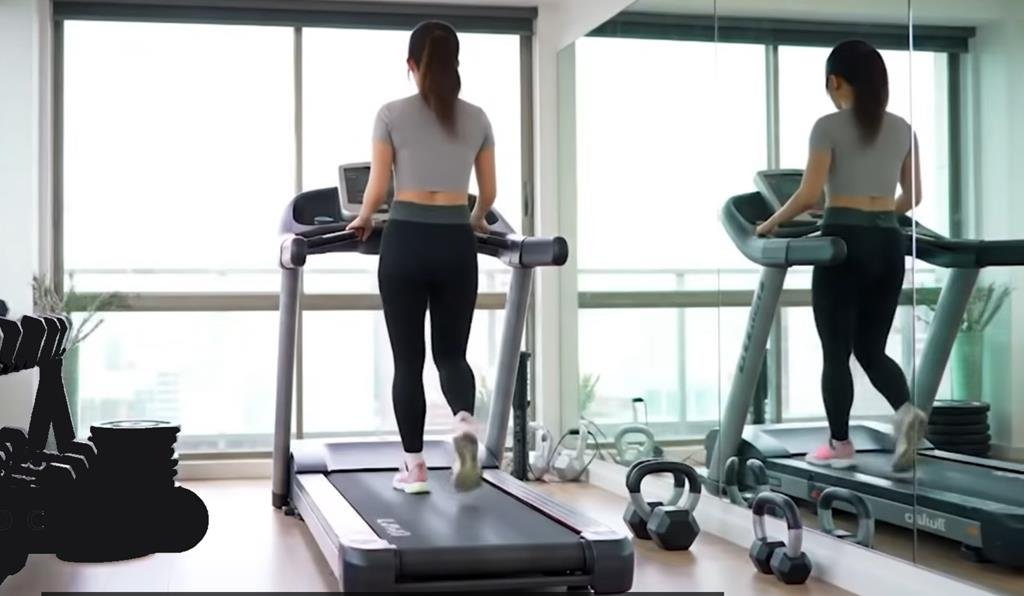Have you ever wondered exactly what muscles you’re working when you step onto a treadmill? Whether you’re aiming to lose weight, build strength, or boost your endurance, knowing which parts of your body are getting a workout can help you train smarter.
You’ll discover the key muscles a treadmill targets and how you can maximize your results with simple tweaks. Keep reading to unlock the full power of your treadmill sessions and take your fitness to the next level.

Muscles Targeted By Treadmill
Using a treadmill works several muscles in your body. It helps improve strength and endurance. Walking or running on a treadmill targets many key muscle groups.
This exercise mainly focuses on the lower body. It also engages your core and some parts of the upper body. Let’s look at which muscles get worked the most.
Leg Muscles
The treadmill mainly works your leg muscles. These muscles help you push off the ground and keep balance. Running or walking strengthens these important parts.
Key leg muscles used include:
- Quadriceps (front of thigh)
- Hamstrings (back of thigh)
- Calves (lower leg)
- Glutes (buttocks)
- Hip flexors (upper thigh)
Core Engagement
Your core muscles help keep your body stable while using a treadmill. They stop you from falling or leaning too much. A strong core improves your posture and running form.
The core muscles involved are:
- Abdominal muscles
- Lower back muscles
- Obliques (side abs)
Upper Body Involvement
The upper body works a little when you use a treadmill. Swinging your arms helps balance and speed. It also tones muscles in your arms and shoulders.
Muscles in the upper body that get some exercise include:
- Biceps (front of upper arm)
- Triceps (back of upper arm)
- Shoulders (deltoids)
- Upper back muscles
Benefits For Leg Strength
Treadmill workouts help build strong leg muscles. Walking or running on a treadmill uses many leg muscles. This exercise improves your endurance and power.
Stronger legs support better balance and daily movements. Using a treadmill regularly targets key muscles that keep your legs healthy and fit.
Quadriceps Activation
The quadriceps are the large muscles at the front of your thigh. Treadmill walking and running cause these muscles to contract and work hard. This helps build strength and endurance in the quads.
Hamstring Engagement
The hamstrings are the muscles at the back of your thigh. They help bend your knees and move your legs backward. Treadmill exercise activates the hamstrings to support smooth leg movement and balance.
- Improves knee joint stability
- Supports faster leg movement
- Reduces risk of injuries
Calf Muscle Development
| Calf Muscle | Function | Effect from Treadmill |
|---|---|---|
| Gastrocnemius | Helps point the foot down | Strengthens for better push-off |
| Soleus | Supports standing and walking | Improves endurance for long walks |
Core And Stability Gains
Using a treadmill does more than help with cardio. It also strengthens your core muscles. A strong core improves your balance and posture.
This workout targets muscles that keep your body stable. These muscles support your daily movements and prevent injuries.
Abdominal Muscle Support
Treadmill walking or running activates your abdominal muscles. These muscles help hold your body upright and steady. Your abs work hard to keep your spine aligned while you move.
- Rectus abdominis helps with forward movement.
- Obliques support side-to-side balance.
- Transverse abdominis stabilizes the core deeply.
Lower Back Strengthening
Your lower back muscles also get stronger on the treadmill. These muscles support your spine and help you stay balanced. Strengthening them reduces the risk of back pain.
| Muscle | Role |
|---|---|
| Erector Spinae | Keeps the spine straight and stable |
| Multifidus | Supports spinal rotation and posture |
| Quadratus Lumborum | Helps with side bending and balance |
Impact On Cardiovascular Fitness
Treadmill workouts help improve heart and lung function. They make your cardiovascular system stronger.
Walking or running on a treadmill raises your heart rate. This helps your body use oxygen more efficiently.
Heart Health Improvement
Using a treadmill regularly can lower blood pressure. It reduces the risk of heart disease over time.
Exercise on a treadmill helps increase good cholesterol (HDL). It also lowers bad cholesterol (LDL) in the body.
- Strengthens the heart muscle
- Improves blood flow
- Reduces risk of heart attacks
- Helps control weight to ease heart stress
Endurance Building
Treadmill workouts build stamina by pushing your limits gradually. This helps you exercise longer without tiring.
Steady treadmill use improves lung capacity. Your body learns to deliver oxygen to muscles better during exercise.
- Increases energy levels
- Improves breathing efficiency
- Allows longer, harder workouts
- Supports better recovery after exercise
Treadmill Variations And Muscle Focus
The treadmill is a popular workout tool that targets many muscles. Different treadmill styles change which muscles work the most.
Understanding these changes helps you pick the best treadmill workout for your goals and muscle focus.
Incline Walking Effects
Walking on an incline makes your lower body work harder. It mainly targets the leg and glute muscles.
- Gluteus maximus: Works harder to push uphill.
- Hamstrings: Help bend the knee and extend the hip.
- Quadriceps: Support knee extension during walking.
- Calves: Increase activity to lift the heel.
- Core muscles: Engage more to keep balance on slopes.
Interval Training Benefits
Interval training on a treadmill mixes fast and slow speeds. This variation challenges different muscles and improves endurance.
| Interval Type | Muscle Focus | Effect |
| Fast Running | Quadriceps, Hamstrings, Calves | Builds strength and power |
| Slow Walking | Glutes, Core | Improves recovery and stability |
| Sprinting | Glutes, Hamstrings, Calves | Boosts explosive strength |
| Jogging | Full leg muscles | Enhances endurance |

Tips To Maximize Muscle Workout
The treadmill works many muscles in your body. You can make your workout stronger. Use simple tips to get the best results.
Focus on how you move and add new routines. These ideas help you build muscle and stay fit.
Proper Posture
Stand tall while walking or running. Keep your back straight and shoulders relaxed. Look forward, not down at your feet.
Good posture helps your muscles work better. It also reduces the risk of injury and improves breathing.
- Keep your head up and eyes forward
- Engage your core muscles
- Relax your shoulders and arms
- Land softly on your feet
Pacing Strategies
Change your speed during the workout. Mix slow and fast walking or running. This method challenges different muscles.
Try intervals to boost muscle use. Speed up for 30 seconds, then slow down for one minute. Repeat several times.
- Warm up with a slow pace
- Run or walk faster for short bursts
- Slow down to recover
- Repeat intervals for 15 to 30 minutes
Incorporating Strength Training
Add strength exercises to your treadmill routine. Use hand weights or do bodyweight moves during breaks. This helps build more muscle.
Try lunges or squats off the treadmill. You can also use resistance bands to work your legs and arms.
- Carry light hand weights while walking
- Do squats or lunges after treadmill sessions
- Use resistance bands for leg and arm work
- Include planks or push-ups to strengthen core

Frequently Asked Questions
What Primary Muscles Does Treadmill Running Target?
Treadmill running mainly works the quadriceps, hamstrings, glutes, and calves. It also engages the core for balance and stability. Regular treadmill use strengthens these muscles, improving endurance and overall lower body strength.
How Does Treadmill Walking Affect Muscle Groups?
Treadmill walking primarily activates the calves, quadriceps, hamstrings, and glutes. It also lightly engages core muscles. Walking at an incline increases muscle activation, especially in the glutes and hamstrings, enhancing muscle tone and cardiovascular fitness.
Does Treadmill Exercise Strengthen Core Muscles?
Yes, treadmill exercise engages core muscles for posture and balance. The core stabilizes your body during walking or running. This improves overall stability, reduces injury risk, and supports better athletic performance.
Which Muscles Benefit From Treadmill Incline Workouts?
Incline treadmill workouts target the glutes, hamstrings, calves, and quadriceps more intensely. The incline increases resistance, boosting muscle strength and endurance. This workout also engages the core for better balance and control.
Conclusion
Treadmills offer a comprehensive workout. They target multiple muscle groups efficiently. Walking or running engages your calves, quads, and hamstrings. Your glutes and core muscles benefit too. A treadmill workout boosts cardiovascular health as well. It’s an accessible option for many fitness levels.
Regular use can enhance muscle tone and endurance. Remember to maintain proper form. Consistency is key for noticeable results. Treadmill exercises can be part of a balanced fitness routine. They provide a convenient way to stay active. Keep moving towards your fitness goals.



